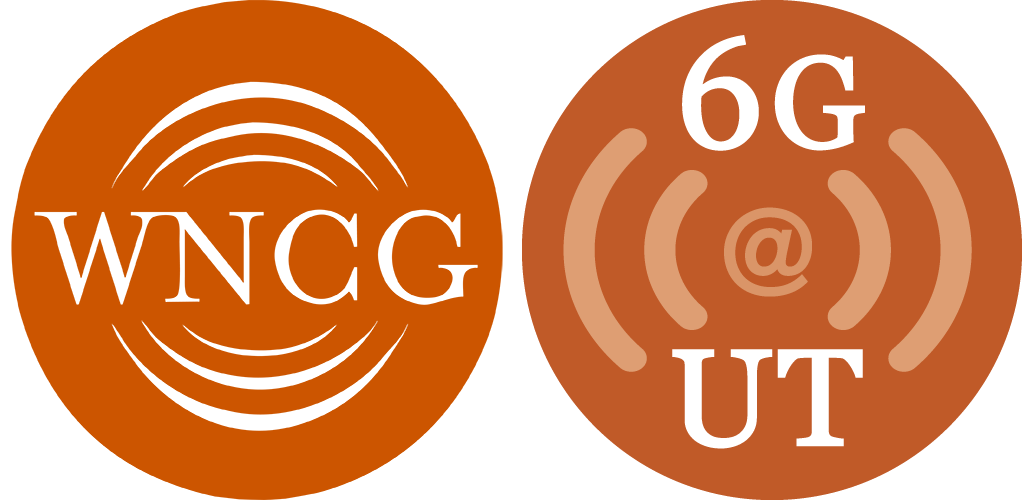Event Status
Scheduled
Many websites rely on user-generated content to provide value to consumers. These websites often incentivize participation by awarding users badges based on their contributions. In this paper, we consider the design of badgemechanisms that maximize total contributions. Users exert costly effort to make contributions and, in return, are awarded with badges. Abadge is only valued to the extent that it signals social status and thus badge valuations are determined endogenously by the number of users who earn eachbadge.
The goal of this paper is to study the design of optimal and approximately badge mechanisms under these status valuations. We characterize badge mechanisms by whether they use a coarse partitioning scheme, i.e. awarding the same badge to many users, or use a fine partitioning scheme, i.e. awarding a unique badge to most users. We find that the optimal mechanism uses both fine partitioning and coarse partitioning. When status valuations exhibit a decreasing marginal value property, we prove that coarse partitioning is a necessary and sufficient feature of any approximately optimal mechanism. Conversely, when status valuations exhibit an increasing marginal value property, we prove that fine partitioning is necessary and sufficient for approximate optimality.
Joint work with Greg Stoddard and Vasilis Syrgkanis.
Event Details
Date and Time
May 16, 2014, All Day

